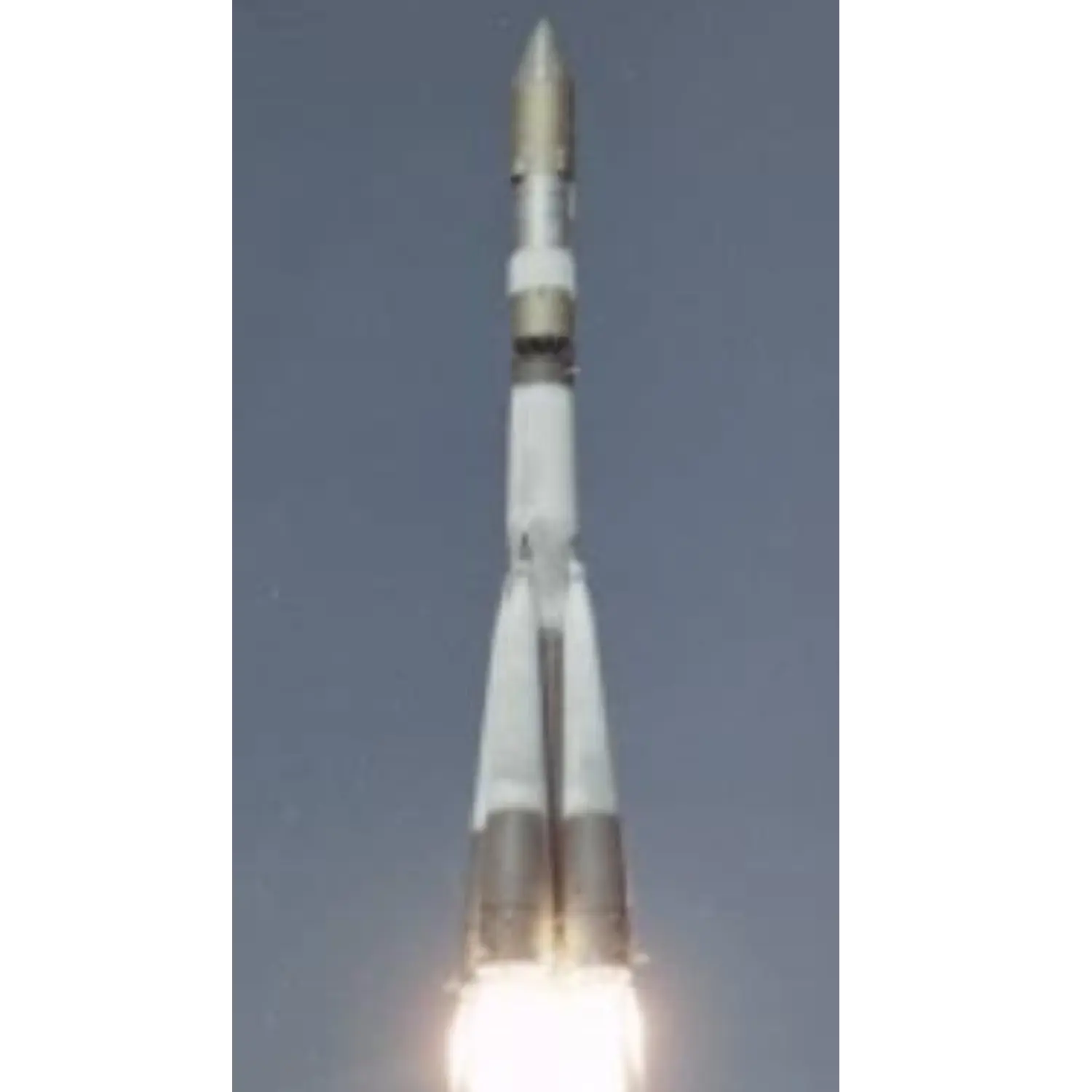Luna 5
Launch Success
Liftoff Time (GMT)
07:49:37
Sunday May 9, 1965
Mission Details
Luna 5
Luna 5, or E-6 n°10, was an unmanned Soviet spacecraft intended to land on the Moon as part of the Luna programme. It was intended to become the first spacecraft to achieve a soft landing on the Moon, however its retrorockets failed, and the spacecraft impacted the lunar surface. Following the mid-course correction on 10 May, the spacecraft began spinning around its main axis due to a problem in a flotation gyroscope in the I-100 guidance system unit. A subsequent attempt to fire the main engine failed because of ground control error, and the engine never fired. As a result of these failures, the soft landing attempt failed, and Luna 5 impacted the Moon. The place of impact was firstly announced as 31°S 8°W (coast of Mare Nubium), but later it was estimated as 8°N 23°W (near crater Copernicus). It was the second Soviet spacecraft to reach the surface of the Moon, following Luna 2 in 1959. The Abastumani Astrophysical Observatory registered television images of the failed landing noted that shown it produced a 220-by-80-kilometre plume which was visible for ten minutes. A 2017 analysis of the reprocessed images allowed to refine the impact coordinates, provide an altitude estimate of 3.7−3.9 km for the generated gas cloud and corroborate estimations published for the 2009 LCROSS impact.
Lunar orbit
1 Payload
1,474 kilograms
Rocket


Manufacturer
RKK EnergiyaRocket
Height: 44.23m
Payload to Orbit
LEO: 6,000 kg
GTO: 2,200 kg
Liftoff Thrust
4,378 Kilonewtons
Fairing
Diameter: 2.58m
Height: 6.74m
Stages
4
Strap-ons
4
Launch Site
Stats
Molniya
26th
Mission
4th
Mission of 1965
RKK Energiya
128th
Mission
17th
Mission of 1965
1965
41st
Orbital launch attempt